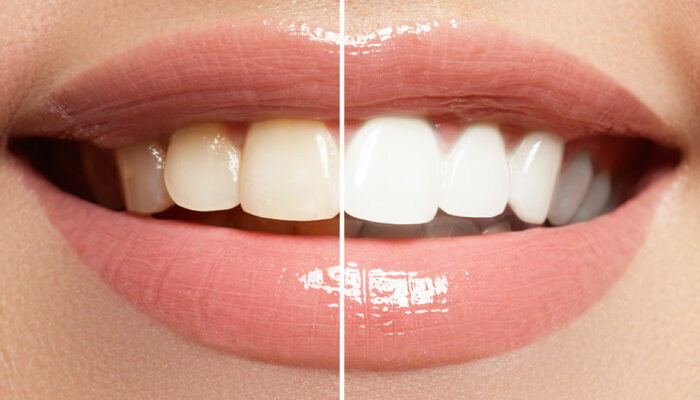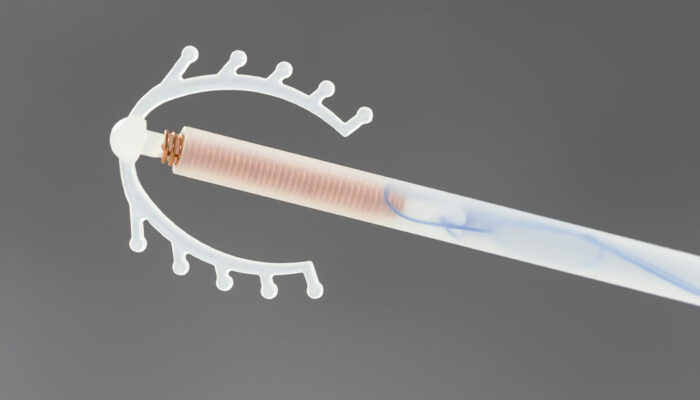
health
8 warning signs of depression to watch out for
Depression is a mental health condition that impacts one’s way of thinking, behavior patterns, and daily functioning. If left untreated, clinical depression may manifest in the body and lead to other health issues like gastrointestinal problems, cardiovascular diseases, and more. To manage the condition, a health expert may evaluate a person’s general health to determine whether they are depressed and suggest personalized treatments. Some warning signs of depression that necessitate professional help are listed below. Irritable mood Some milder symptoms of depression include irritability and restlessness, which may worsen and lead to angry outbursts, low tolerance levels, anxiety, or aggressiveness. Fatigue or loss of energy Depression can exhaust a person mentally and physically without any significant lifestyle changes. The condition can also bring feelings of weariness, lack of energy, and inexplicable tiredness. Feeling helpless and unworthy On an emotional front, the disorder might cause a person to assume responsibility for circumstances beyond their control. A depressed individual frequently loses the drive to carry out daily tasks which they otherwise carry out effortlessly. One may also experience low self-esteem, excessive self-blame, and feelings of despair. Mood swings, inability to see one’s capabilities or feeling like the situation may never improve are other common indicators of the condition.
Read More 








